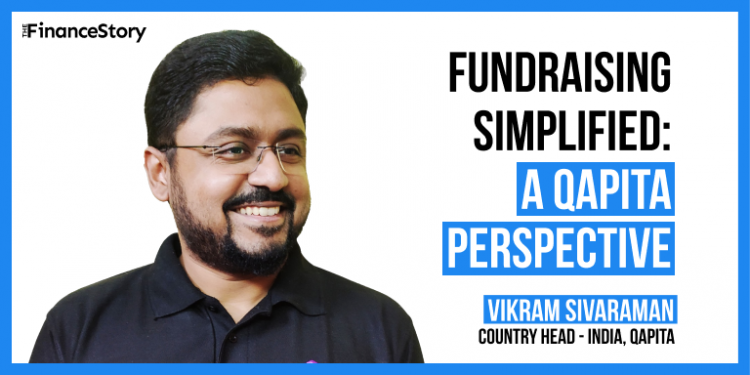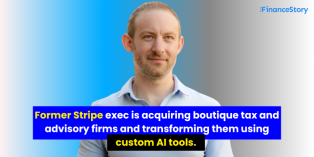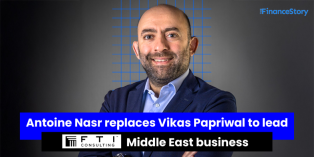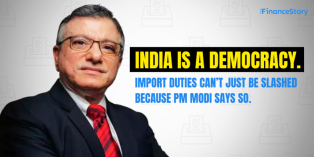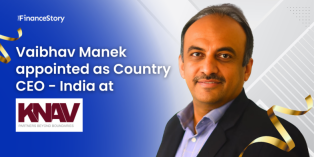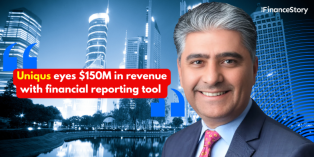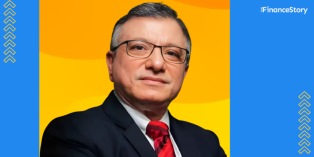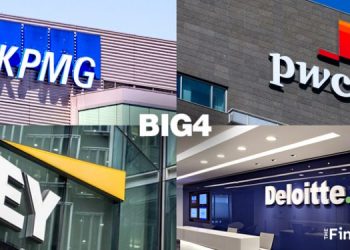- Vikram Sivaraman is the Head of the Indian market at QAPITA. He is going to talk about the art of fundraising.
- In this article, you will learn how the Venture Capital and Private Equity industry works through the experience of Vikram.
Funding Choices for Startups
It’s important to take a top-down view before choosing a VC or a PE.
A start-up can rely on internal sources of funding.
- You may self-fund the company
- Raise friends and family around.
- In some rare cases, you can drive the growth of your company using the profits from the business itself.
Now let us look at external sources.
You have a choice of debt and equity.
Let us explore debt
Debt is something that may not be accessible for all startups but is only accessible to a certain framework of companies that are profitable or have connections.
An emerging segment of debt financing is venture debt and structured debt, which is very relevant from a start-up perspective. Venture debt is typically available for startups that have institutional investors on board.
Let us look at External Equity
There are Angels, HNIs, Family Offices, and institutional funds which are also part of Venture Capital and Private Equity entities.
VC and PE are typically known as alternate assets as they are typically private market assets and not correlated with the public market. There is potential, depending on how you pick your portfolio, to make asymmetric returns despite how the public markets value a company.
Overview of VC & PE Investors
A founder always asks two key questions; how do these VC & PE funds work? How are they structured?
VC or PE fund aggregates capital, which is provided by various sources such as sovereign wealth funds, pension funds, insurance companies, family offices, and HNIs as well. These are called Limited Partners (LPs) and they invest in a certain fund vehicle.
There is also a title called the General Partner (GP) which comprises the fund management team and the fund administration group.
GPs typically make a certain management fee, what is known as the 2/20 structure. It is a two percent management fee year-on-year that is paid out based on the AUM with the fund and a 20 percent carry which is based on the excess profits that the fund makes over a certain benchmark.
What is the real-life cycle of a fund?
A Fund is typically set up with a 10 – 12 year horizon in mind.
Before the fund is set up, there is a fundraising process similar to that of companies or start-ups.
GPs and fund managers go to the markets, present their pieces to several LPs and try to source capital.
The landscape of Investors
We hear the word VC & PE, Venture Capital and Private Equity, used very synonymously and as a term to cover all sorts of investors. The terms are fluid, but there are some parameters by which you can bucket these categories of investors.
As a company starts off and goes for its first round of external funding, it will typically tap into angel or seed investors.
In terms of ticket size, these people operate anywhere between Rs 50 Lakhs to Rs 3.5 crores.
You will go to a group of angels or a group of investors or it could be one institutional seed investor who can sort of commit one or multiple.
Once your company matures and achieves proof of concept a founder can tap into more institutional investors, which is where the VCs come in.
Venture capital is fairly high risk. Your VC funds will want to diversify across multiple different investments.
A lot of the companies that VC investors invest in may not actually survive, they may fold up or may get merged with other companies.
This pretty much returns the entire fund AUM itself in one exit.
A VC typically invests anywhere from $1 million to $10 million, and VCs are sometimes the first institutional investors to cut a cheque for startups.
When the company is in a growth stage, investors are typically called Private Equity investors.
The private equity play
Compared to a VC investor a PE investor does not have the same risk tolerance. This is why they enter at a far later stage of the company’s life cycle.
Their return expectation is also not going to be as high, so a 25 percent to 28 percent IRR would be a very good return for a private equity investor.
They cannot tolerate mortality, so, it will be a very bad outcome if they are not able to get their capital back from all their investments.
Most PE exits happen in public markets and the founders exit through an IPO.
It’s important for finance professionals to advise founders in the right way to sensitize them to the fact that there is a separation in terms of the board versus management and there is an obligation to report to the board and take the board’s consent before undertaking certain actions.
How does a fundraising process work?
Once the fund has an interest in the startup they offer a term sheet as a non-binding document. It’s just a summary of the terms under which the investor proposes to invest in the company.
Once you have passed the term sheet stage and the fund and the company signs a term sheet you get into a process known as due diligence.
There is typically a business due diligence, which the fund management team will perform to understand what the market size is, does this company really has a good position in the market, and can the projected growth actually be achieved.
Then there is financial diligence typically carried out by an accounting firm where they will go through the last three years’ financial statements and financial records of the company.
The focus on diligence is about understanding trends, understanding and drivers of the company, and taking a view to see if the projections can actually be achieved.
There may also be legal diligence.
Here a law firm can come in, and look at the legal framework under which the company is operating and if compliances are being followed.
You are under pressure to maintain metrics and show performance to your prospective investors so it’s ideal to budget for at least 12-15 months of runway before you start your fundraising process.
Investment Structures
You may see certain investment structures in a term sheet as well as in your independent agreements. It just makes sense for you as founders or finance professionals to understand what the investors are really communicating to you.
Traditional finance professionals are familiar with investments in equity but the entire investing industry will invest in preference shares only.
The reason for doing this is to enforce their rights.
Most investors will insist on a liquidation preference right, which is when one liquidates the company.
They have the right to take out their capital in preference to the founders taking out their capital, which means you need to invest in a preferential instrument.
If you’re a domestic investor you have the option of having optionally convertible or a partially redeemable structural debt, which is like a quasi-debt and quasi-equity.
Convertible notes again are a structure that you might see. It is more relevant during bridge rounds so you may be between a Series-A and a Series-B fundraise and you may be running out of capital.
A variant of a convertible note is what is known as a SAFE – Simple Agreement for Future Equity which was popularized by Y-combinator.
Investor Rights
Now, what do these investor rights mean for the founders and for the finance team in the company?
There are obligations that these funds have to the LPs which is why they are asking you for certain rights.
What are they asking for and what do these rights mean to you in terms of building out an organization?
If there is a requirement to generate a monthly MIS to be tracked then the founder should be ready to be tracked.
As companies scale up, the job of investor relations falls more and more on the finance team and on the CFO. The founder, again, always remains involved and is still answerable to the investors.
The evolving role of a CFO in a funded Start-up
The CFO must have the ability to interface with investors throughout the fundraising process and help founders understand term sheet terms, and documentation and make sure diligence happens in a very smooth fashion.
The CFO has to participate in key business decisions on pricing, cost, growth, capex and make strategic decisions in terms of entry into new lines of business.
The CFO will have multiple fiduciary responsibilities.
A CFO will be creating frameworks for corporate governance and the CFO must be sensitive to things like related party transactions & potential leakages of revenue.
The CFO has to think beyond just record keeping, controllership, and finance and they have to take a broader view of the business by itself.




